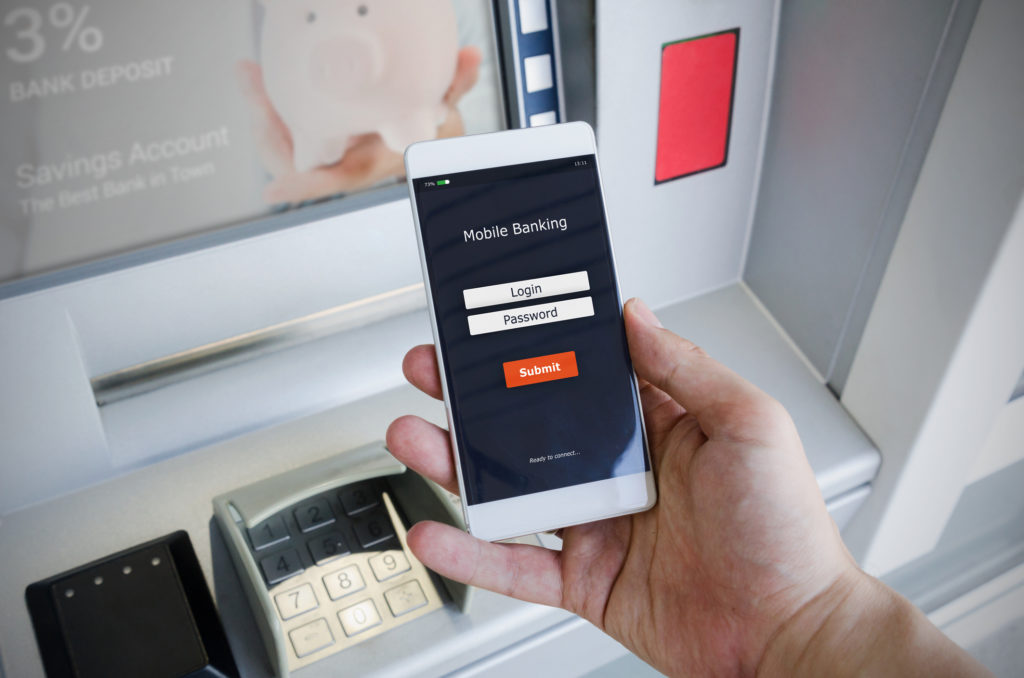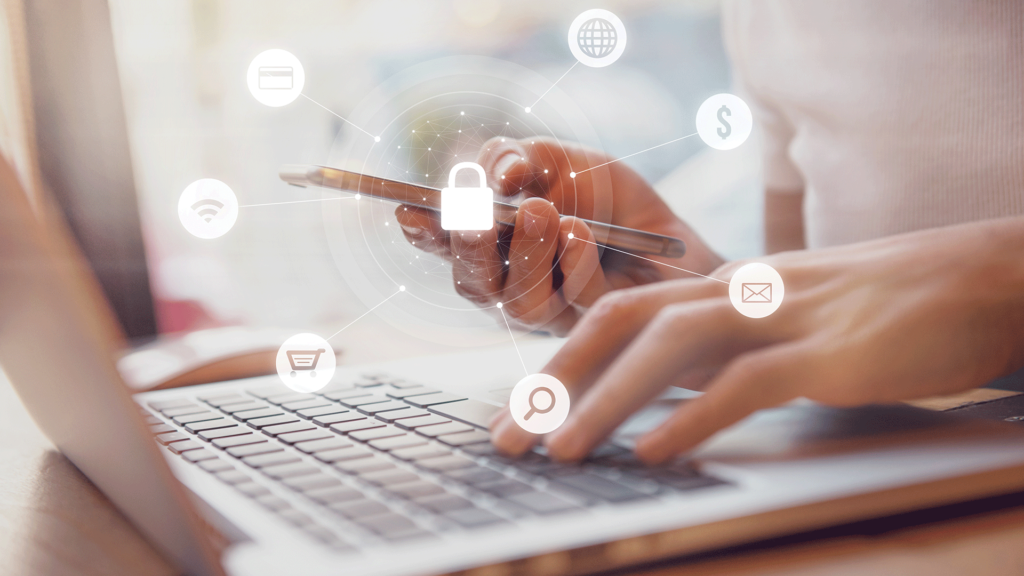Fans of “The Big Bang Theory” may recall this exchange in an episode from a few years ago:
Penny: Hey, Sheldon, did you change your Wi-Fi password again?
Sheldon: Yes, it’s “Penny, get your own Wi-Fi.” No spaces.
The sitcom played it for laughs, but is it really funny to have neighbors and even strangers using your Wi-Fi? There are many downsides to others using your network. Not only can they slow your connection speed, but they may also have access to your devices and files. And depending on where they go on the Internet (e.g., child porn or terrorist sites) they could get you in trouble with law enforcement.
You may not be aware if someone is hijacking your Wi-Fi, but there are a few ways to find out. One way is to log in to your router and see what devices are listed as attached to your network. If you see device names you do not recognize you may have unauthorized users. Keep in mind that you may have more Internet-connected devices than you realize. In addition to computers, tablets and televisions, you may have any number of household devices such as a thermostat, security system, lights and more. Another method to see who is connected is to download and use one of the available apps.
Whether or not you find someone currently using your Wi-Fi without permission, it is a good idea to lock it down securely. Here are some tips to protect your network from prying eyes.
- The first (and best) thing to do is what Sheldon did: Change your password. Changing the password will automatically kick all devices off the network, so you will have to reconnect them using the new password. Then, unlike Sheldon, don’t give your new password to anyone.
- Set up a guest network to give visitors access to your home network with limited permissions. They won’t have your password and if they download malware or connect an infected device, your devices won’t be affected. Check your router’s documentation to see if it offers this capability.
- Disable Wi-Fi Protected Setup (WPS). WPS makes connecting a device to your network as easy as pressing a button. Although it is slightly harder to connect if you are a hacker without access to the button, WPS is not secure and can easily be hacked.
- Disable File and Printer Sharing in Windows. If someone does access your network, you do not want them to discover all of your files and devices.
- Stop your router from broadcasting your SSID. By default, your router broadcasts its name (the SSID), such as “Smith Family Network.” Turning this off won’t stop a determined hacker from finding your network, but your neighbor looking to use someone’s Wi-Fi probably won’t find it. If you allow your router to broadcast your SSID, give it a name that doesn’t make it obvious whose network it is (e.g., James Johnson Family) or the make of your router (e.g., Netgear4750).
Although nothing is completely secure, these steps will help to keep your network safe from both hackers and freeloaders.



